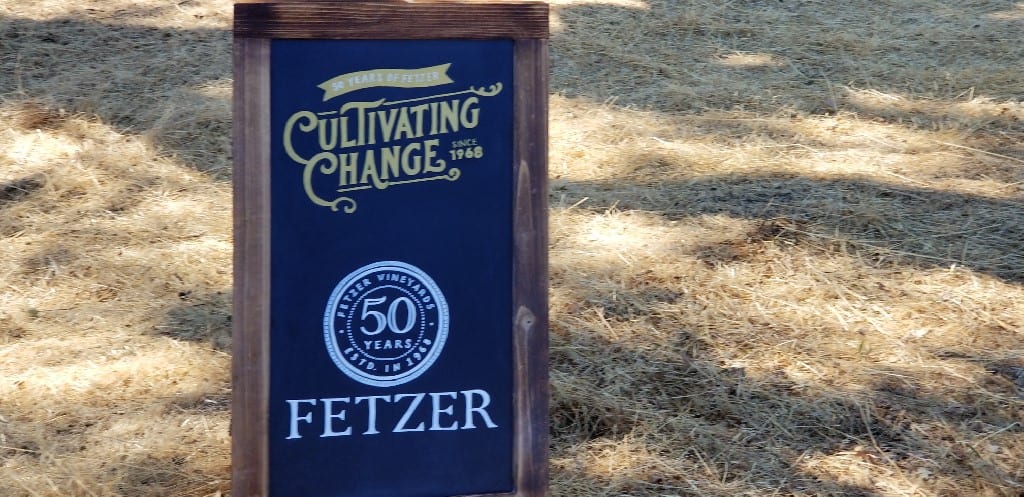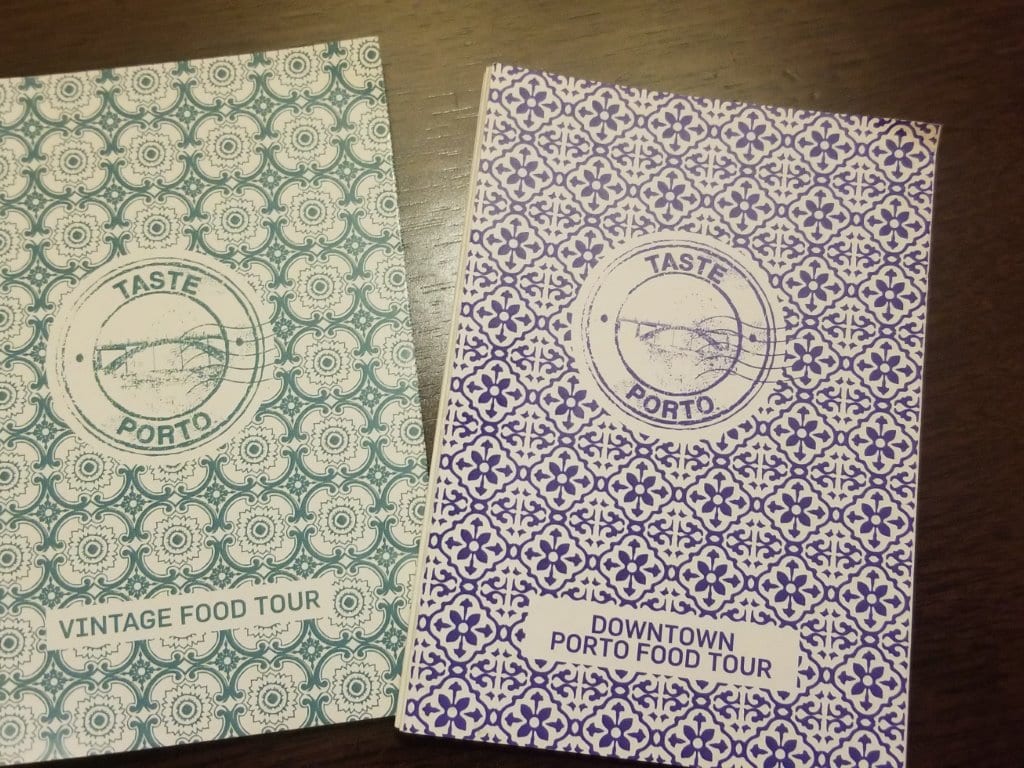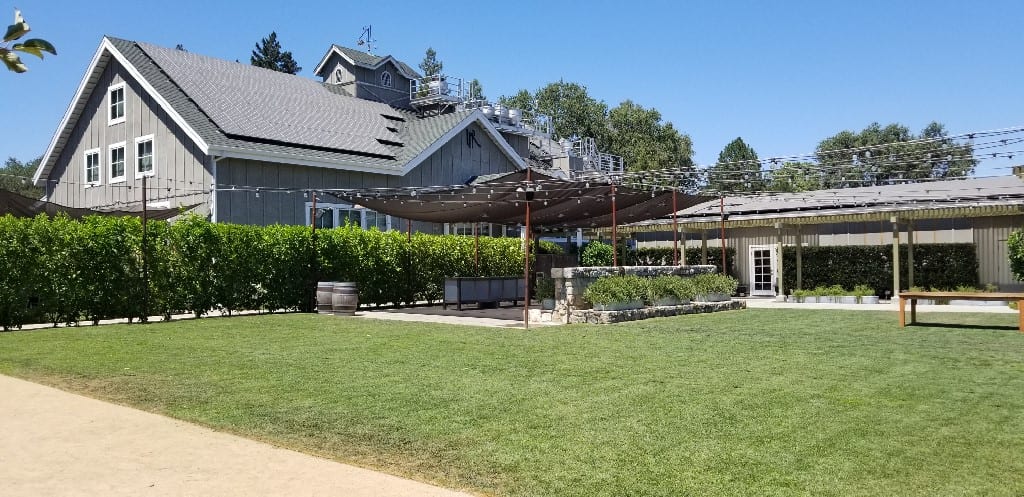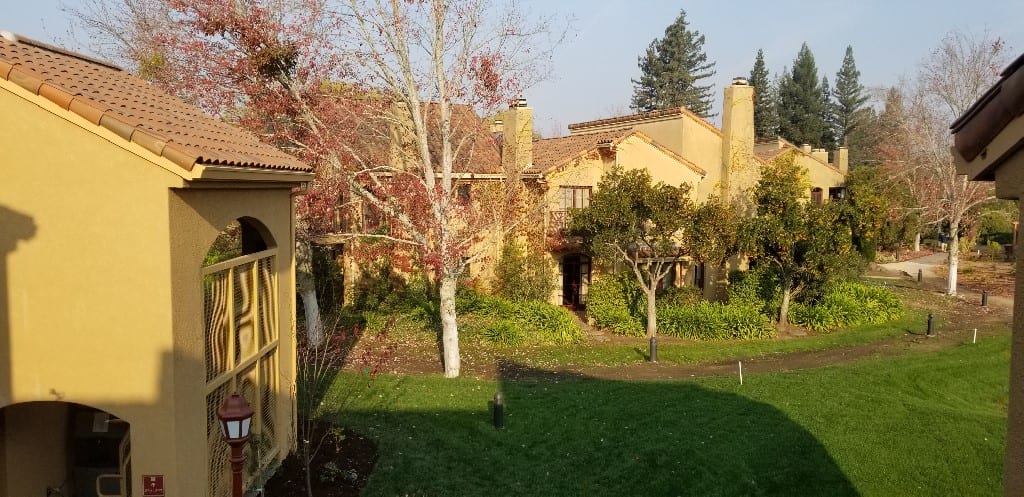Priority Wine Pass – A gift for wine lovers
Are you looking for a last minute gift for the holidays? Or perhaps a birthday present? No matter the occasion (or maybe you do not...

 Lifestyle
LifestyleAre you looking for a last minute gift for the holidays? Or perhaps a birthday present? No matter the occasion (or maybe you do not...
 Heading to the opening of the new Kreation Kafe in Brentwood, I was anticipating a healthy meal. After all, Kreation Kafe is part of Kreation Organics, known for their cold-pressed organic juices and smoothies. While I enjoy a clean, healthy meal, I was expecting a selection of vegan or raw options. I enjoy this on occasion but is not something I anxiously look forward to. However, my meal at Kreation Kafe was healthy but also very flavorful and full of vegetables and meat. I enjoyed it so much that I cannot wait to go back!
Heading to the opening of the new Kreation Kafe in Brentwood, I was anticipating a healthy meal. After all, Kreation Kafe is part of Kreation Organics, known for their cold-pressed organic juices and smoothies. While I enjoy a clean, healthy meal, I was expecting a selection of vegan or raw options. I enjoy this on occasion but is not something I anxiously look forward to. However, my meal at Kreation Kafe was healthy but also very flavorful and full of vegetables and meat. I enjoyed it so much that I cannot wait to go back!
 Located on San Vicente Blvd in Brentwood, in the former Gaucho Grill space, Kreation Kafe is a full-service restaurant serving breakfast, lunch and dinner, as well as its well-known juices, coffees and a grab & go section of healthy meals and snacks.
Located on San Vicente Blvd in Brentwood, in the former Gaucho Grill space, Kreation Kafe is a full-service restaurant serving breakfast, lunch and dinner, as well as its well-known juices, coffees and a grab & go section of healthy meals and snacks.

Are you addicted to ramen? Is it your comfort food? Self-taught cook turned restaurateur Sarah Gavigan is a ramen lover and has written the cookbook...
Until all wineries are sustainable, it is important to share the stories of those that are. My recent story for California Winery Advisor is about Long...
 Of course, the challenge would be getting a reservation. We were only two weeks away from going on our trip and the website only had an email address on it. I reached out to a friend of mine in Lisbon who works for the elegant Palacio Estoril Hotel and thought he might be able to find their phone number and call from the same time zone. The next day, I had an email from him telling me that the restaurant was completely booked BUT he was able to get us a seat at the Chef's Table. We would experience a tasting menu with wine pairing. We immediately booked the reservation.
Belcanto is owned by celebrity chef José Avillez. Avillez has worked with gastronomic superstars Ferran Adria, Eric Frechon and Alain Ducasse, as well as received his first Michelin star at Taveres, Lisbon's oldest and grandest restaurant. Avillez took over Belcanto in 2012. An award-winning restaurant since 1958, Belcanto had been a late night gathering place for artists and opera patrons who frequented the nearby St. Charles theater, as well as a “gentleman’s club” where dancing girls performed on a small stage. Avillez renovated it into a subtle and sophisticated intimate restaurant with only 36 seats.
Of course, the challenge would be getting a reservation. We were only two weeks away from going on our trip and the website only had an email address on it. I reached out to a friend of mine in Lisbon who works for the elegant Palacio Estoril Hotel and thought he might be able to find their phone number and call from the same time zone. The next day, I had an email from him telling me that the restaurant was completely booked BUT he was able to get us a seat at the Chef's Table. We would experience a tasting menu with wine pairing. We immediately booked the reservation.
Belcanto is owned by celebrity chef José Avillez. Avillez has worked with gastronomic superstars Ferran Adria, Eric Frechon and Alain Ducasse, as well as received his first Michelin star at Taveres, Lisbon's oldest and grandest restaurant. Avillez took over Belcanto in 2012. An award-winning restaurant since 1958, Belcanto had been a late night gathering place for artists and opera patrons who frequented the nearby St. Charles theater, as well as a “gentleman’s club” where dancing girls performed on a small stage. Avillez renovated it into a subtle and sophisticated intimate restaurant with only 36 seats. 
Fetzer Vineyards is celebrating their 50th anniversary. Owned by Chilean company Viña Concha y Toro since 2011 and one of the largest wine companies in the United States, one might think that they have achieved their pinnacle after five decades.
But, Fetzer Vineyards has been ahead of the game from the beginning. And as they celebrate 50 years, they look forward to the future with a lot of innovations.
 Winemaker Cruz Bilbro is the fifth generation in his family to make wine. But what sets him apart from other multi-generational winemakers is that he is only 10 years old.
When Cruz asked to make wine, Jake agreed but said he would make it for him, and his goal was not to profit from his son. Cruz selected Grenache from the property and went out with the crew to pick grapes. He worked the forklift, measured the brix and temperatures and did all of the punch-downs. Jake guided his son along each stage, explaining his options, but each and every decision was made by Cruz.
Winemaker Cruz Bilbro is the fifth generation in his family to make wine. But what sets him apart from other multi-generational winemakers is that he is only 10 years old.
When Cruz asked to make wine, Jake agreed but said he would make it for him, and his goal was not to profit from his son. Cruz selected Grenache from the property and went out with the crew to pick grapes. He worked the forklift, measured the brix and temperatures and did all of the punch-downs. Jake guided his son along each stage, explaining his options, but each and every decision was made by Cruz.  Located in the Northwest of Portugal, Porto is the second largest city in Portugal with a population of approximately 214,000 people. Famous for is Port wines, Porto was a forgotten second city of Europe. However, in the past few years, Porto has exploded and is a popular tourist destination.
Knowing I was going to be in Porto for a couple days, I immediately googled "food tours Porto" to see what would come up. One of the first companies to pop-up was Taste Porto, offering local walking food tours with passionate local guides. Taste Porto was started by three friends, two natives from Porto and an American, who wanted to share their love for Porto and the cuisine of Porto.
Located in the Northwest of Portugal, Porto is the second largest city in Portugal with a population of approximately 214,000 people. Famous for is Port wines, Porto was a forgotten second city of Europe. However, in the past few years, Porto has exploded and is a popular tourist destination.
Knowing I was going to be in Porto for a couple days, I immediately googled "food tours Porto" to see what would come up. One of the first companies to pop-up was Taste Porto, offering local walking food tours with passionate local guides. Taste Porto was started by three friends, two natives from Porto and an American, who wanted to share their love for Porto and the cuisine of Porto. 
On Main Street in St. Helena is Farmstead at Long Meadow Ranch. From a coffee in the morning to a tasting in the afternoon to a dinner at night, it’s a one-stop shop. And with it comes sustainability and health, supporting the community and doing good.
 The Vintners Inn is situated on 98 acres and is owned by Rhonda Carano of Ferrari Carano Winery. In 2016, the property underwent a renovation which added 34 rooms, for a total of 78 guestrooms and suites spread across five two-story villas.
The Vintners Inn is situated on 98 acres and is owned by Rhonda Carano of Ferrari Carano Winery. In 2016, the property underwent a renovation which added 34 rooms, for a total of 78 guestrooms and suites spread across five two-story villas. 